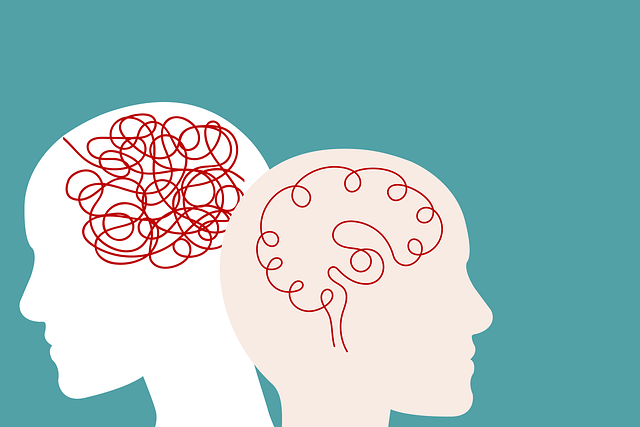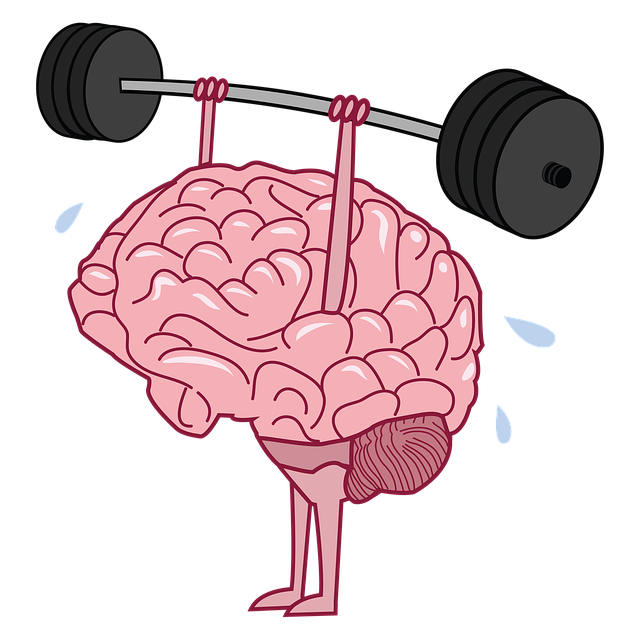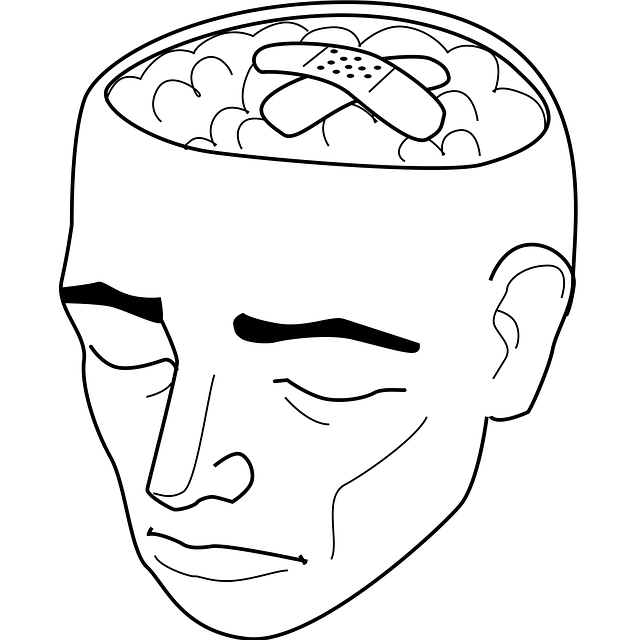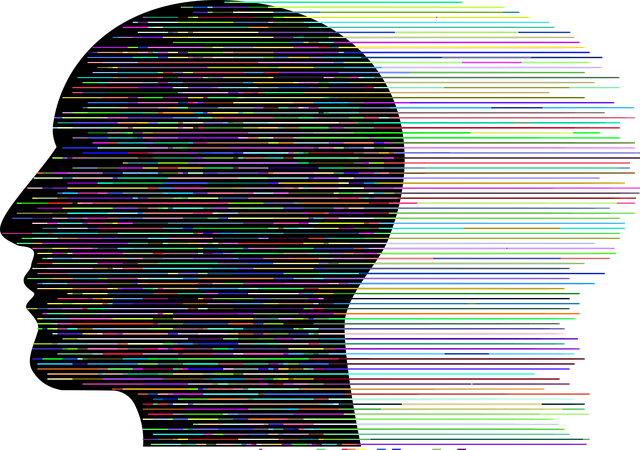Parker ADD-ADHD Evaluations & Therapy offers a specialized approach to building resilience in individuals with Attention Deficit Disorder (ADD) or ADHD using the RFM model (Resources, Strengths, Needs). By assessing cognitive strengths and weaknesses, they tailor interventions including stress management workshops, emotional intelligence training, and fostering a growth mindset. This personalized strategy aligns exercises with organizational goals like Mental Health Policy Analysis & Advocacy, cultivating self-care practices. Parker's holistic evaluations, cultural sensitivity, and community outreach empower individuals to navigate challenges effectively.
Resilience is a vital asset in navigating life’s challenges, and RFM (Resourceful Fronting Methodology) offers a powerful framework for building this inner strength. This article explores how RFM can enhance resilience through structured exercises, providing a practical guide to help individuals manage stress and adversity. We delve into the benefits of Parker ADD-ADHD Evaluations Therapy, showcasing its customized approach to fostering resilience, particularly for those with attention-related challenges. Discover actionable steps to integrate RFM into daily life and unlock your full potential.
- Understanding RFM and Its Role in Resilience Building
- Implementing Resilience Exercises: A Step-by-Step Guide
- Parker ADD-ADHD Evaluations Therapy: Enhancing Resilience Through Customized Approaches
Understanding RFM and Its Role in Resilience Building

Resilience is a vital asset in navigating life’s challenges and uncertainties, especially for individuals with Attention Deficit Disorder (ADD) or ADHD. Understanding the RFM model—a powerful tool in therapy—is essential for building this resilience. RFM stands for Resources, Strengths, and Needs, offering a comprehensive framework to assess and enhance an individual’s coping abilities.
In the context of Parker ADD-ADHD Evaluations & Therapy, this model is utilised to tailor interventions. By identifying resources (internal or external factors that support well-being), strengths (individual capabilities to overcome obstacles), and needs (areas requiring assistance), therapy can effectively target Self-Esteem Improvement, promote Stress Reduction Methods, and even prevent Burnout. This personalised approach empowers individuals to develop adaptive strategies, fostering resilience in their daily lives.
Implementing Resilience Exercises: A Step-by-Step Guide

Implementing Resilience Exercises: A Step-by-Step Guide
The first step in integrating resilience building exercises into any organization or individual’s routine is to assess the specific needs and goals. This involves understanding the unique challenges faced by each team member or individual, often facilitated through Parker ADD-ADHD Evaluations Therapy, which can identify underlying cognitive strengths and weaknesses. Once identified, tailor activities that focus on stress management workshops, enhancing emotional intelligence, and fostering a growth mindset.
The next crucial step is to develop a comprehensive plan outlining the type of exercises, their frequency, and duration. Incorporate both active and reflective practices, such as mindfulness meditation, cognitive reframing, and goal-setting sessions. For instance, starting the week with a brief mindfulness exercise can help center individuals, while regular debriefs after high-pressure meetings allow for emotional processing. Ensure these activities align with broader organizational goals, like Mental Health Policy Analysis and Advocacy, promoting an open and supportive culture that prioritizes Self-Care Routine Development for Better Mental Health.
Parker ADD-ADHD Evaluations Therapy: Enhancing Resilience Through Customized Approaches

Parker ADD-ADHD Evaluations Therapy offers a unique and tailored approach to resilience building, recognizing that every individual’s journey is distinct. This specialized therapy focuses on assessing and addressing Attention Deficit Disorder (ADD) and Attention Deficit Hyperactivity Disorder (ADHD) while incorporating cultural sensitivity in mental healthcare practice. By understanding the diverse needs of clients, therapists create personalized interventions that foster resilience.
The process involves comprehensive evaluations, taking into account not just symptoms but also environmental factors and individual strengths. This holistic view enables therapists to design targeted strategies for stress management, which is a key aspect of building resilience. Through community outreach program implementation, Parker Therapy connects with a wider audience, ensuring accessibility and offering support systems that empower individuals to navigate challenges effectively.
The implementation of RFM (Resilience, Flexibility, and Mastery) principles and resilience-building exercises is a powerful tool for fostering mental fortitude. As demonstrated by Parker ADD-ADHD Evaluations Therapy, customized approaches can significantly enhance an individual’s ability to navigate challenges. By following the step-by-step guide provided in this article, readers can begin their journey towards building resilience, ultimately improving their overall well-being and coping mechanisms.














